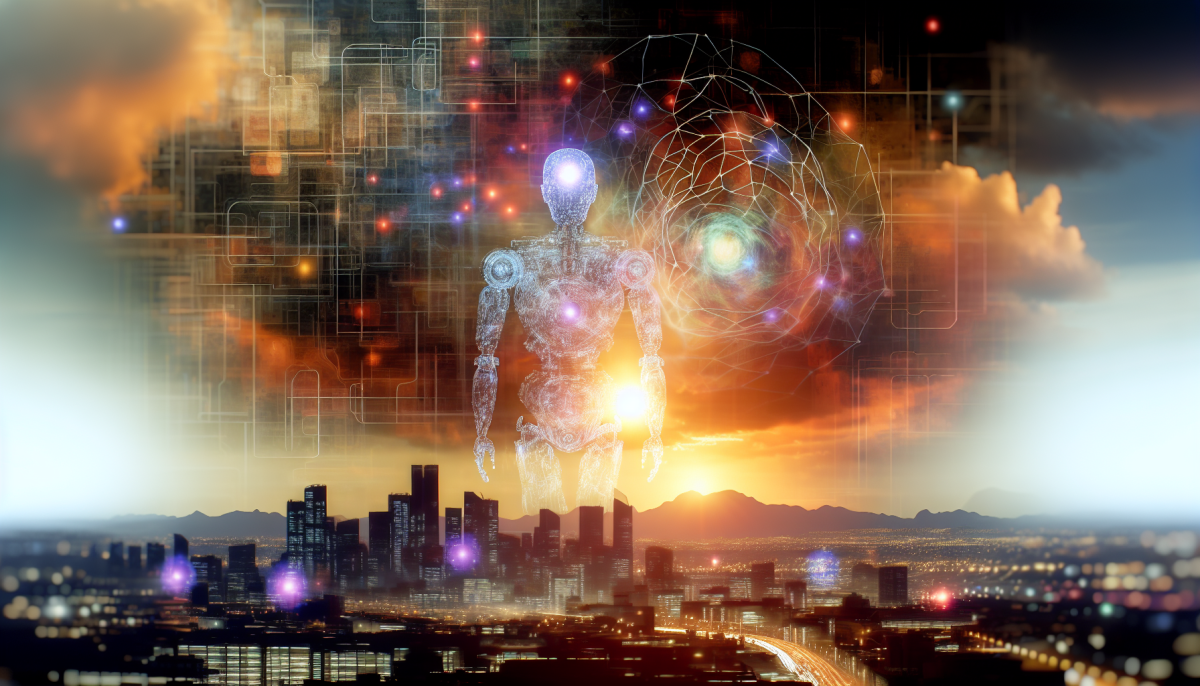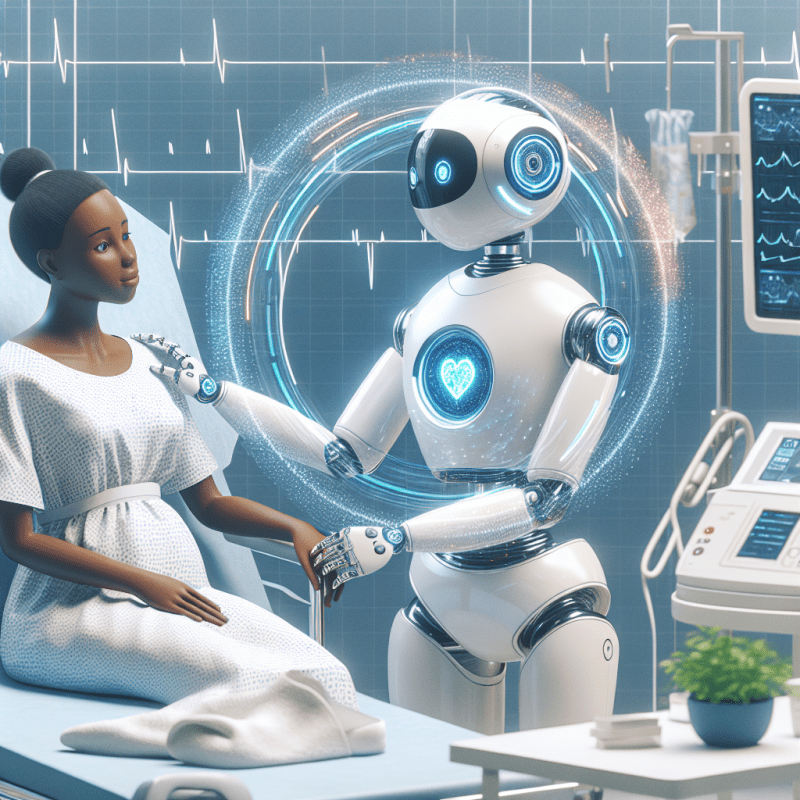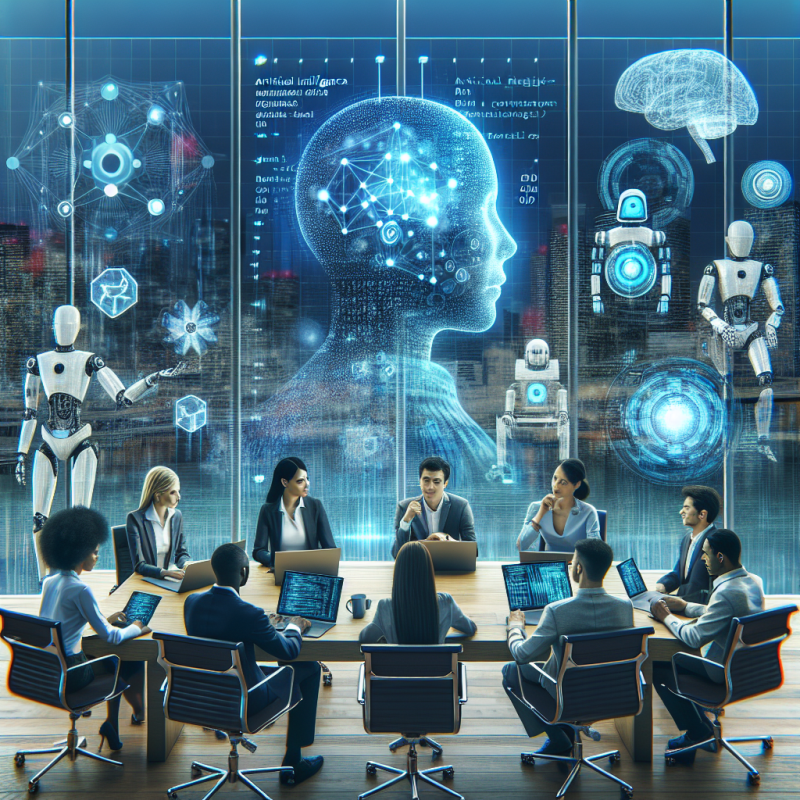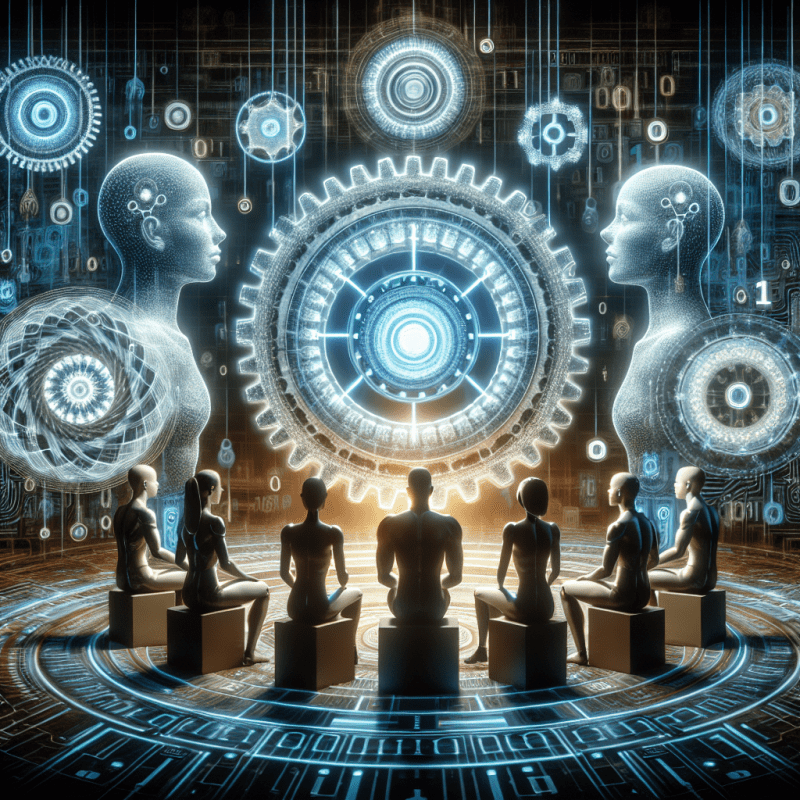Back in the 1950s, a group of curious thinkers first dreamed of machines that could think and learn like humans. These pioneers, like Alan Turing and John McCarthy, started to wonder: what if computers could solve problems and make decisions? They believed that, just like us, machines could process information and evolve over time.
At the heart of their vision was the idea of simulation. They imagined creating a "thinking machine" that could replicate human reasoning. Turing's famous test became a way to measure whether machines could imitate human responses convincingly. This was the spark that ignited the quest for artificial intelligence, leading to the first computer programs designed to perform tasks typically requiring intelligence.
As these early pioneers explored the possibilities, they faced many challenges. Computers were bulky and slow, making it tough to achieve their ambitious goals. But their passion and creativity kept pushing the boundaries. Simple algorithms and rule-based systems became the stepping stones for future advancements. Even with limited technology, these early experiments laid down the groundwork for everything that followed.
From games like chess to simple problem-solving, these early AI systems started to show promise. They proved that computers could learn from data and improve over time. The excitement of these initial experiments fueled more research and led to the creation of the AI community. Who could have guessed that those early dreams would someday grow into the powerful AI we see today?
Key Figures in AI History
The story of artificial intelligence (AI) is packed with visionaries who dared to dream about machines that could think. It's not just a recent phenomenon; the roots of AI stretch back many decades. Let’s look at some of the key figures who laid the groundwork for what we now know as AI.
First up, we have Alan Turing, a British mathematician and logician who is often called the father of AI. In the 1950s, he introduced the idea of a "universal machine," which could simulate any algorithm. His famous Turing Test, designed to measure a machine’s ability to exhibit intelligent behavior, is still referenced today when discussing AI capabilities.
Next, there’s John McCarthy, one of the co-founders of AI as a field. He organized the Dartmouth Conference in 1956, which is considered the birthplace of AI. McCarthy also coined the term "artificial intelligence" and contributed to the development of the Lisp programming language, which is still used in AI research today.
Then we have Marvin Minsky, another pioneer who co-founded the MIT AI Laboratory. Minsky believed strongly in machines that could simulate human intelligence, and he worked on early neural networks and robotic technology. His ideas and research opened the door for many advancements in the field.
Lastly, we can’t forget about Norbert Wiener, who developed the field of cybernetics. He looked at systems in terms of communication and control, laying down some foundational concepts that contributed to AI, especially in understanding how machines might mimic human behavior and learning.
Breakthrough Moments in AI Development
Artificial Intelligence has come a long way since its early days. The journey really kicked off in the 1950s when pioneers like Alan Turing and John McCarthy started laying the groundwork. Turing introduced the idea of a machine that could think, while McCarthy coined the term “artificial intelligence” itself. It was a big deal, and people began to dream about machines that could perform tasks that typically required human intelligence.
Fast forward to the 1960s and 70s, and we saw some exciting advancements. One of the first breakthroughs was the development of computer programs that could solve math problems and play games like chess. These early AI systems were limited but showed promise. People started realizing that machines could not only follow instructions but also learn from their experiences.
The 1980s brought a wave of optimism, thanks to the introduction of expert systems. These were specifically designed to simulate the decision-making abilities of a human expert in fields like medicine and engineering. Suddenly, businesses were using AI to help make critical decisions, and it was clear that these machines were becoming more than just fancy calculators.
Then came the 1990s, which saw a leap in AI thanks to improved algorithms and faster computers. Billions of calculations could be done in seconds, leading to more powerful and efficient AI systems. This era also marked the beginning of machine learning, where computers started to learn from data instead of just rules, opening the door to modern AI we know today.
How AI Influences Our Lives Today
Artificial intelligence is pretty much around us every day, even if we don't always notice it. From the apps we use to the gadgets we have at home, AI is quietly making our lives a lot easier. Think about how much smoother it is to sort through your photos with facial recognition, or how your favorite streaming service suggests shows you might like. That's AI at work, learning our habits and preferences.
In the realm of communication, AI-powered chatbots help businesses connect with customers in real-time. They can answer questions, take orders, or even provide support, making it more convenient for us to get the help we need right when we want it. Plus, many of us rely on virtual assistants like Siri or Alexa to set reminders, play music, or search the web. It seems like every time we ask them to help, we're tapping into the power of AI.
AI is also shaking things up in sectors like healthcare. Machine learning models can sift through mountains of data much faster than any human. This means quicker diagnoses and personalized treatment plans based on individual health records. It's a game changer in how we approach medical care, making services more tailored and efficient.
Even in creative fields, AI is making its mark. From generating art to writing music, tools that harness AI help artists experiment in new ways. It’s incredible to see how technology is inspiring creativity and helping people explore their artistic potential. Overall, AI is seamlessly weaving into the fabric of our daily lives, enhancing both our routines and experiences.



